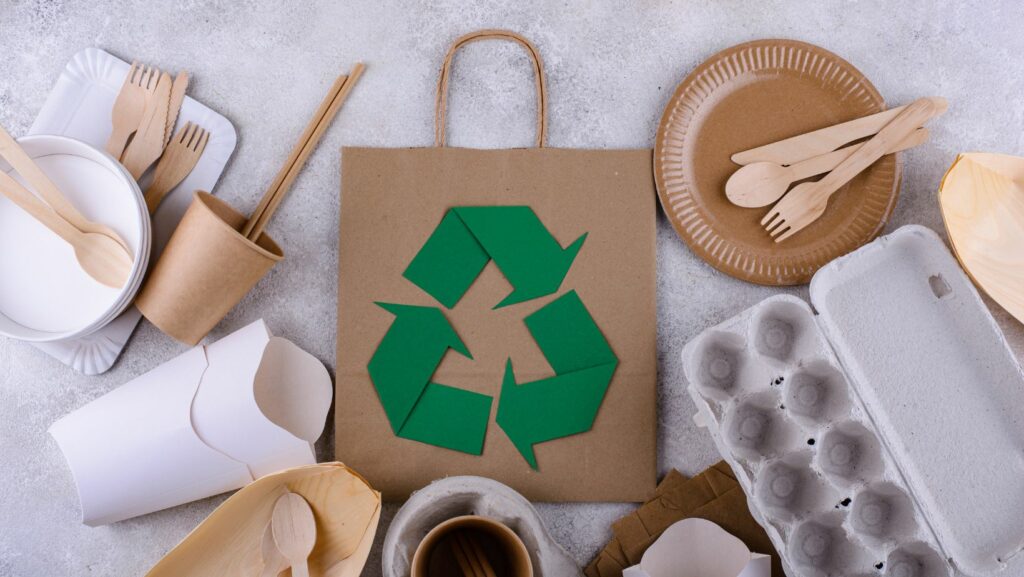In a world where consumers are bombarded with choices, food package design plays a crucial role in capturing attention and driving purchases. It’s not just about making a product look good; effective packaging tells a story, evokes emotions, and communicates essential information. From vibrant colors to innovative shapes, every element contributes to the overall appeal and functionality.
Successful food packaging goes beyond aesthetics. It ensures that the product remains fresh, meets regulatory standards, and aligns with brand identity. As sustainability becomes increasingly important, designers also face the challenge of creating eco-friendly packages that don’t compromise on quality or appeal. In essence, food package design is a blend of art, science, and strategy, all aimed at making that split-second connection with the consumer.
Food Package Design

Food package design plays a crucial role in a product’s success. Effective packaging enhances visibility on crowded shelves and conveys key product information. Visual appeal attracts potential buyers, while clear labels and instructions aid decision-making.Packaging protects products from contamination and damage. A well-designed package maintains freshness and extends shelf life, ensuring consumers receive high-quality items.
Brands use packaging to create a distinct identity. Colors, logos, and fonts differentiate products, making them easily recognizable. Consistent design across a range builds brand loyalty and trust.Regulatory compliance is essential in food packaging. Labels must include nutritional information, ingredients, and allergen warnings. Following guidelines avoids legal issues and ensures consumer safety.
Sustainability is becoming a critical factor. Eco-friendly packaging appeals to environmentally conscious consumers. Designers must balance sustainability with functionality and appeal, using recyclable or biodegradable materials without compromising on quality.In an era of social media, packaging can also encourage sharing. Eye-catching designs or unique features may lead to user-generated content, boosting brand exposure and credibility.In essence, food package design integrates visual appeal, product protection, brand identity, regulatory compliance, and sustainability. It significantly influences consumer preferences and purchasing decisions.
Key Elements Of Effective Food Package Design

Effective food package design comprises several key elements that ensure a product stands out and meets various consumer needs.
Visual appeal captures consumer attention on crowded shelves. Bright colors, unique fonts, and enticing images contribute to an attractive design. For example, vibrant illustrations might draw children’s interest, while elegant typography could attract premium product buyers. Companies strategically use these elements to reflect their brand identity and values.
Functionality
Functionality ensures that packaging preserves product integrity and enhances user convenience. Features like resealable closures, easy-to-open tabs, and clear windows enhance consumer experience. Packaging must protect against contamination, maintain freshness, and provide clear information on usage. For instance, resealable bags help keep snacks fresh, while clear windows allow consumers to see the product before purchasing.
Trends In Food Package Design

Food package design continues to evolve with changing consumer preferences and technological advancements. The following trends are shaping the future of food packaging:
Minimalist design focuses on simplicity and clarity. It uses clean lines, ample white space, and a limited color palette. This approach reduces visual clutter and makes essential product information stand out. Brands like Apple and Muji exemplify minimalist aesthetics, enhancing perceived product quality. In food packaging, think of straightforward labels, clear containers, and understated branding that communicate purity and sophistication.
Eco-friendly Materials
Eco-friendly materials respond to increasing environmental awareness among consumers. Packaging made from recyclable, biodegradable, or compostable materials reduces environmental impact. Brands like Eco-Products and Seventh Generation use plant-based plastics, recycled paper, and other sustainable materials. This trend not only appeals to eco-conscious consumers but also aligns with global sustainability efforts. For instance, bioplastics and recycled aluminum offer eco-friendly alternatives without sacrificing durability or aesthetics.

